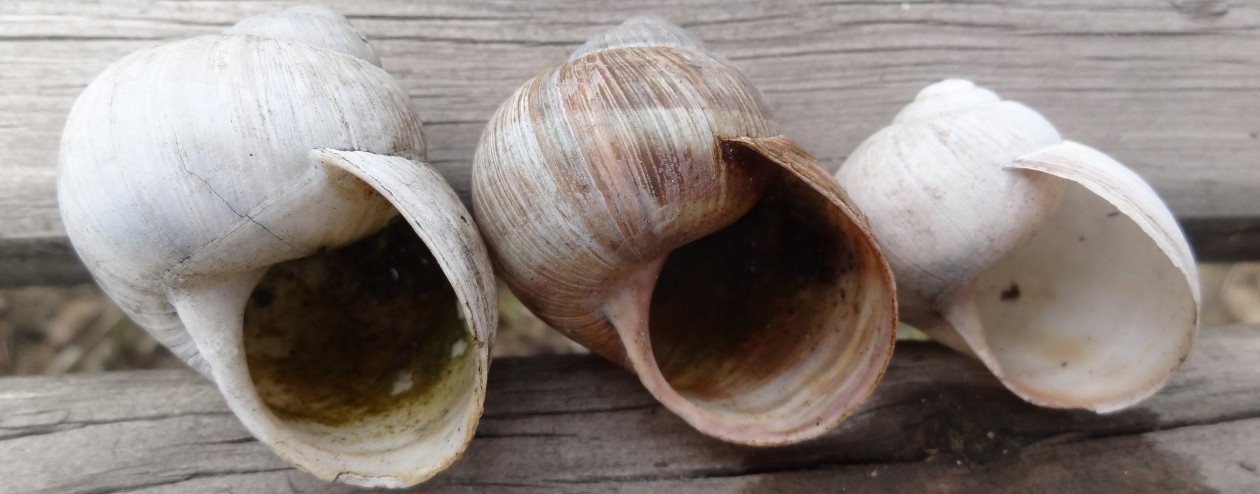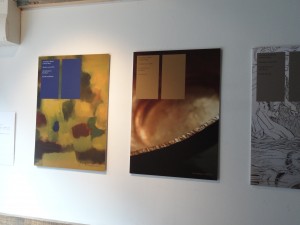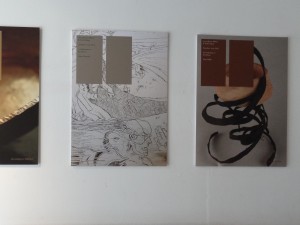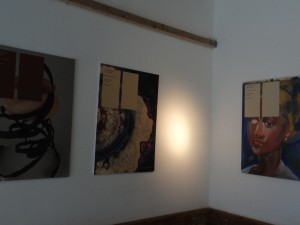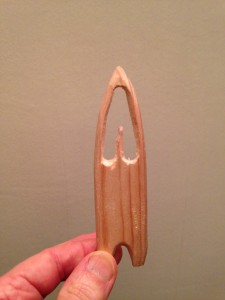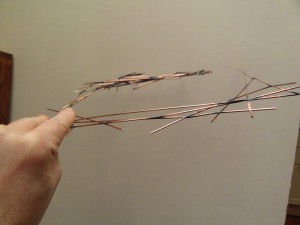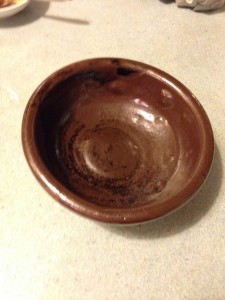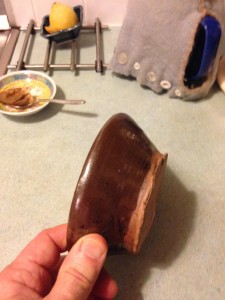This is another interjection into the timeline of the blog as there are still a few bits from earlier in 2015 to add. However, I offer a video and the voiceover text which are about my mobile. I hope that you you can follow how the idea has changed from lots of bits spread out and swinging past each other to a more slender and elongate.
By the way, “Follow me” buttons for email, and social media accounts pop up if you click the comment button. Also, there are thumbs up and thumbs down buttons for each blog entry.
Many thanks for keeping an eye on what I’m doing. Vincent
In December I had thought of making a mobile based on the winged seeds of either sycamore or larch or, perhaps, both.
I made two seeds out of flip chart paper. The one based on larch hung vertically as it would fall and the sycamore I hung horizontally as it would fall and then vertically to see how it compared with the larch seed. I felt that the vertical hanging made too much of the seed visible and less graceful. Preferring the sycamore seed I made some more and hung them downstairs as two columns to see how they moved together and when there was a small draft.
Happy with the general shape I made some more and had thoughts of circles and mobile arms. The mobiles by Alexander Calder recently displayed at Tate Modern did not have the horizontal hanging or suspension on nylon fishing line. I had thought of using bamboo canes but had a lot of frustration and some breakages so, today [Friday], Jill helped me hang the five strands of seeds at college.
They swirl gracefully with little wind and fast when the outside door opens. Seen from below and now from above and remembering how they looked at eye level, I want to suspend four columns not five from the third floor into the atrium to hang from third floor floor level down to first floor ceiling.
